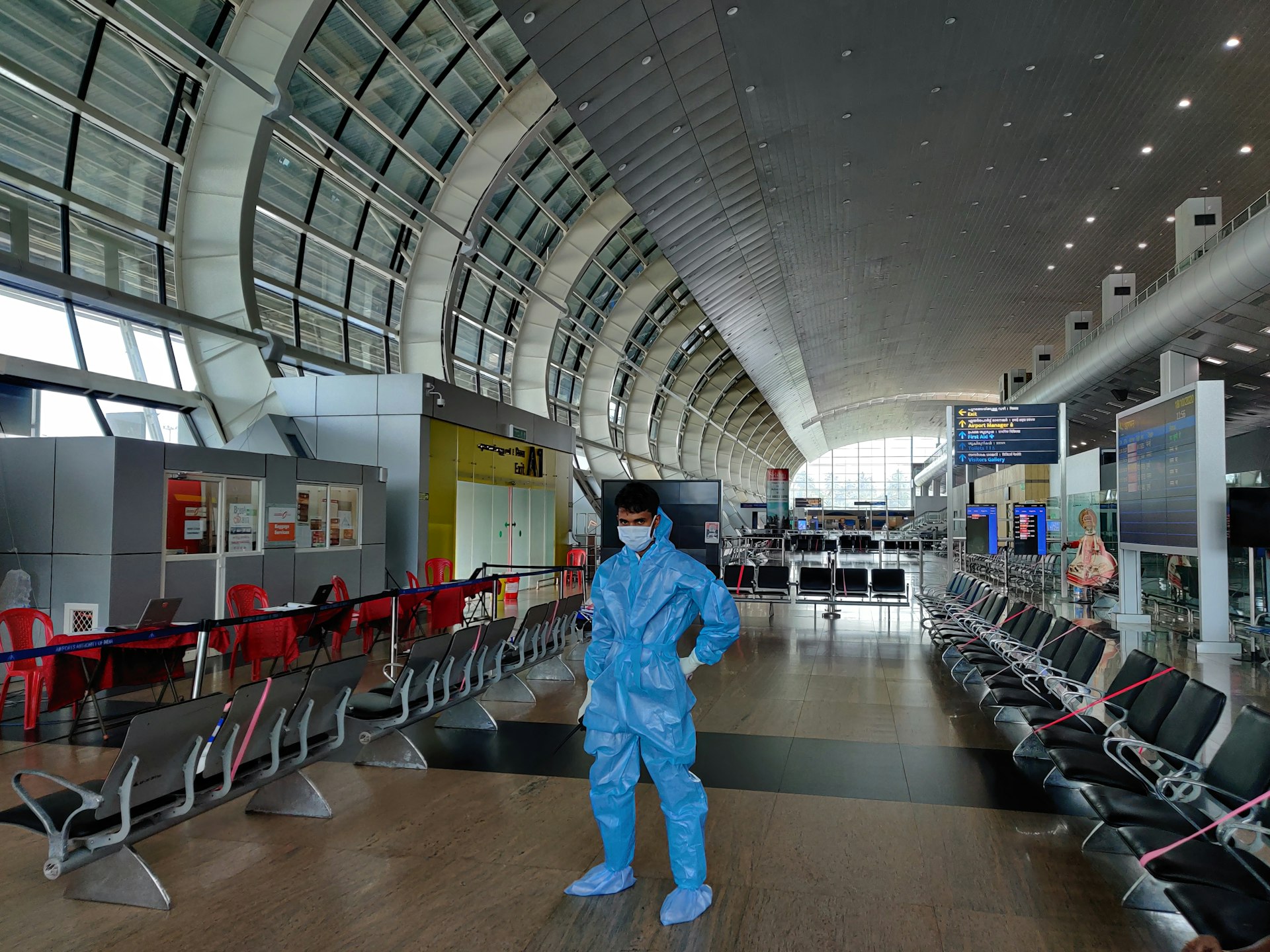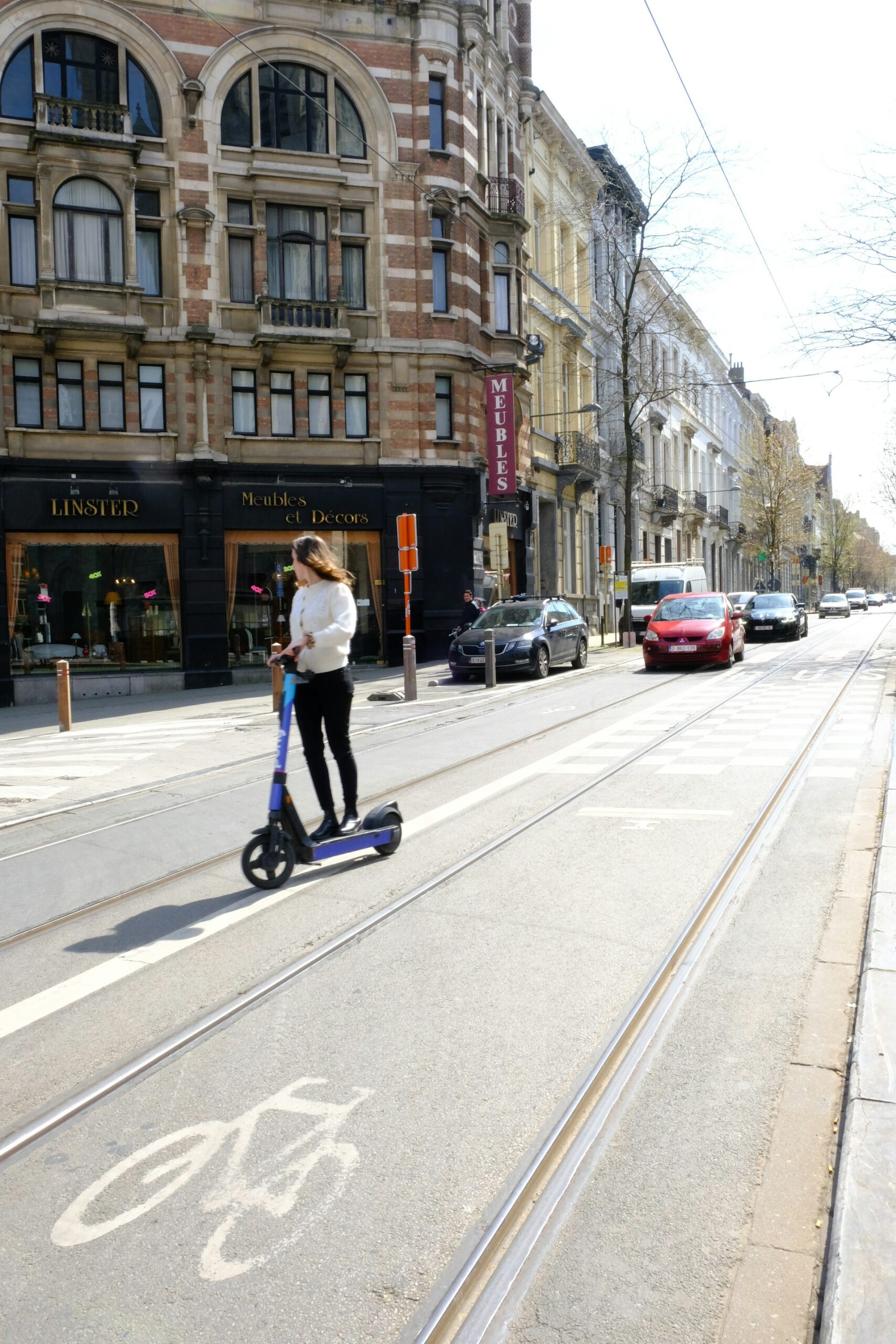Unraveling the Impact of Fast Fashion Boycotts: Consumer Power, Industry Change, and Real Outcomes

Photo by 烧ä¸é…¥åœ¨ä¸Šæµ· è€çš„ on Unsplash
Understanding Fast Fashion Boycotts: Why They Matter
The global fast fashion industry has rapidly grown to a staggering $150.82 billion in 2025, with projections estimating further expansion to $291.1 billion by 2032. This explosive growth is fueled by consumers’ appetite for affordable, trend-driven clothing. However, the environmental and human costs are significant, including massive resource consumption, exploitation of garment workers, and mounting waste [1] . Boycotts targeting fast fashion brands have emerged as a popular strategy for consumers seeking to hold companies accountable and influence industry standards. But how much impact do these boycotts really have, and what steps can individuals take to make their efforts more effective?
Environmental and Social Impacts of Fast Fashion
Fast fashion’s environmental footprint is immense. The industry is responsible for 10% of global annual carbon emissions -more than all international flights and maritime shipping combined. It also consumes an estimated 141 billion cubic meters of water each year, contributing to water scarcity and pollution. Furthermore, fast fashion contributes to 35% of microplastics in the world’s oceans, polluting ecosystems and entering the food chain [1] . On the human side, fast fashion supply chains often rely on low-wage labor, poor working conditions, and long hours for garment workers, particularly in developing countries.
How Boycotts Aim to Drive Change
Boycotts, when coordinated and sustained, can serve as powerful tools for consumers to express disapproval and demand change from fashion brands. The goals of these boycotts typically include:
- Pushing brands to improve labor standards and worker conditions
- Demanding greater environmental responsibility and transparency
- Reducing overall demand for disposable, low-quality clothing
Notably, consumer activism has led to declining sales and brand reputation damage for some major retailers following public controversies or sustainability scandals. For example, when a major retailer faces a boycott due to perceived failings in ethical standards, there is often a measurable decrease in store traffic and a drop in quarterly earnings [2] .
Challenges and Limitations of Fast Fashion Boycotts
Despite the intentions behind boycotts, the overall fast fashion market has continued to grow at an average 10.7% compounded annual rate from 2024 to 2032 [1] . There are several reasons why the impact of boycotts may be limited:
- Price Sensitivity: Research indicates that while consumers initially show strong support for ethically sourced or sustainable apparel, their willingness to pay a premium diminishes quickly when prices rise. For example, willingness to pay drops by more than 35% for ethical labels when faced with price increases [4] .
- Greenwashing and Trust Issues: About 60% of sustainability claims by fashion brands are found to be unsubstantiated or misleading, which erodes consumer trust and makes it difficult to verify which brands are genuinely improving their practices [3] . This means that some companies may retain customers despite boycotts by rebranding or making vague promises with little substantive change.
- Market Adaptability: Fast fashion brands often adapt quickly to consumer sentiment, using agile supply chains and targeted marketing to retain their customer base. Some may shift focus to new markets or introduce “sustainable” lines that may not be truly ethical [5] .
Real-World Outcomes of Notable Boycotts
To illustrate the complex impact of boycotts, consider the following example: After a major U.S. retailer faced backlash for policy changes, store foot traffic fell 3.8% year-over-year for six months, and the retailer experienced a consistent decline in weekly visits. While some analysts attributed this to the boycott, others noted that operational issues and changing consumer expectations also played a role [2] . This demonstrates that while boycotts can hurt a brand’s bottom line, their effectiveness depends on broader market forces and consumer follow-through.
How to Maximize the Impact of Your Boycott
If you want your efforts to make a difference, consider the following actionable strategies:
- Research Brands Thoroughly: Look for verified third-party certifications and transparent supply chain reporting. Avoid brands with a record of greenwashing or unsubstantiated claims. Use trustworthy resources and search for independent sustainability ratings.
- Support Alternatives: Purchase from local, ethical, or secondhand retailers. Many cities have consignment shops, vintage stores, and local designers who adhere to higher standards. You can also join online resale platforms for secondhand fashion.
- Advocate for Policy: Contact your elected representatives and urge them to support stronger regulations and enforcement of labor and environmental standards in the fashion industry. Many countries have ongoing legislative efforts to improve transparency and workplace protections. To get involved, visit the official website of your legislative body and search for “fashion sustainability legislation” or “ethical garment supply chain laws.”
- Educate and Engage: Share reliable information about the impacts of fast fashion and the goals of your boycott with your network. Grassroots campaigns often gain momentum through social media and local events. Consider organizing a clothing swap or sustainability workshop in your community.
- Demand Proof: When brands make sustainability claims, ask for evidence. Look for supply chain traceability, third-party certifications, and measurable environmental impact reports. If you encounter misleading marketing, you can file a complaint with your country’s consumer protection agency.
Alternatives to Boycotts: Other Ways to Drive Change
While collective boycotts can be effective, there are other approaches to promoting ethical fashion:
- Conscious Consumption: Instead of buying new, focus on repairing, upcycling, or swapping existing clothing. Organizations such as Fashion Revolution offer resources and campaigns to help consumers make more informed choices. You can search for “Fashion Revolution” and access their official website for toolkits and local events.
- Direct Engagement with Brands: Reach out to brands directly with questions about labor practices and environmental initiatives. Public pressure through email campaigns and social media can push companies to improve.
- Community Initiatives: Join or start local groups dedicated to sustainable fashion. These might include repair workshops, clothing swaps, or educational events.
Potential Challenges and Solutions
Boycotts face several obstacles, including consumer fatigue, price sensitivity, and the persistence of misleading marketing. To overcome these challenges:
- Stay Informed: Keep up-to-date with the latest reports and third-party analyses. Major publications and academic journals often review the actual progress of fashion brands on sustainability goals. Use search terms like “fashion sustainability report 2025” or “fast fashion impact study” to find the latest data.
- Collaborate for Scale: Collective action is more effective than isolated efforts. Collaborate with advocacy groups, NGOs, and community leaders to amplify your impact.
- Be Persistent: Industry change is slow. Maintain pressure on brands and policymakers for long-term improvement.
Step-by-Step Guidance to Join or Start a Boycott
- Identify the Issue: Decide which brands or industry practices you want to target. Gather evidence and clear reasoning for your choice.
- Research and Connect: Find existing campaigns or organizations with similar goals. You can search for “fast fashion boycott groups” or consult major environmental NGOs for partnerships.
- Set Clear Goals: Define what you hope to achieve, such as transparency in supply chains, higher minimum wages, or reduced environmental impact.
- Spread the Word: Use social media, community meetings, and local events to inform others and recruit participants. Share links to credible articles and official reports.
- Monitor Progress: Track changes in brand policies, public statements, and industry metrics. Celebrate wins and adjust tactics as needed.
Key Takeaways
Boycotting fast fashion can help raise awareness, pressure brands to improve, and support industry-wide change, but its success depends on sustained, collective action and informed consumer choices. While the industry’s global growth shows resistance to change, increased scrutiny, regulation, and honest sustainability reporting offer pathways for meaningful progress. By combining boycotts with advocacy, education, and direct engagement, consumers can magnify their impact and help drive a shift toward ethical fashion.
References
[1] UniformMarket (2025). Environmental Impact of Fast Fashion Statistics.

Photo by Filip Rankovic Grobgaard on Unsplash
[2] Fortune (2025). Target foot traffic is still suffering 6 months post-boycott.
[3] Best Colorful Socks (2025). Fashion Sustainability Claims Accuracy Statistics.
[5] 3DLOOK (2025). The Future of Fashion Retail: Key Trends For 2025.
MORE FROM ismath.net













